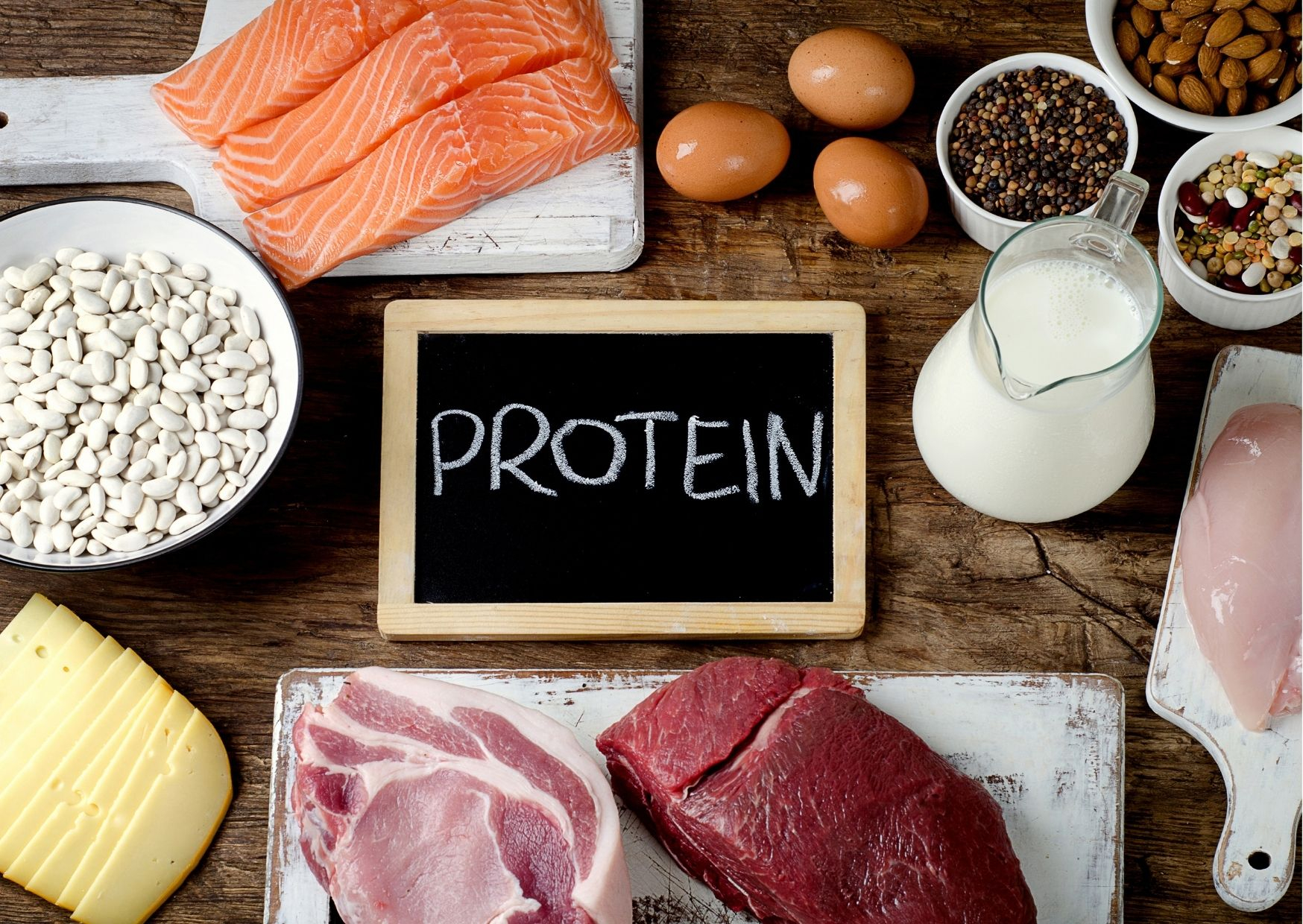What You Need to Know About Protein in Dog Food?
Proteins are a frequent topic among people who care about their diet, but also about the nutrition of their dogs. However, looking only at the percentage of proteins is not enough.

We often hear dog owners debating the amount of protein in dog food. This is perfectly fine, it means that they are aware of what is important for their carnivore. Foods with a high protein content are considered better than those with a low protein content. However, looking only at a certain percentage of food is not enough.
The source of protein is important What we would like dog owners to understand more about is the importance of source and quality. There is a huge difference between raw meat or from, for example, corn. Namely, vegetable proteins from corn, lentils or soybeans are included in that percentage. However, the quality of proteins of animal origin can also differ significantly. It is not the same whether the protein a dog eats comes from meat, as is the case with
Von BARF products or from feathers, beaks or hooves, which are an equally rich source of protein (and a common ingredient in industrial food). The proportion of protein tells us very little about the quality of the food.
Quality and digestibility of protein The quality of protein is directly related to the number of different essential amino acids it contains and their quantity. The biological value is greater, the more similar the amino acid composition of the protein is to the amino acid composition of the organism. Of course, the richer it is in essential amino acids. Protein digestibility is a value that tells us the extent to which the body can use protein from a food to build its own protein.
Why is raw food or BARF an ideal protein source for dogs? During intensive thermal processing, such as is used in the production of industrial dog food, proteins change their shape and drastically lose their digestibility. Such hard-to-digest proteins, in addition to being unusable by the body, often linger in the body and irritate it, causing various diseases, the most common of which are allergies. The organism of dogs and cats will have a hard time using vegetable proteins, so if the food contains mostly vegetable proteins, it is as if there were none in the food at all. Therefore, only the percentage of proteins in the food cannot tell us whether it is the optimal food for the dog. The optimal amount of protein in food also ceases to be optimal if the protein begins to be used in the body as a source of energy. This happens in cases when the food does not meet the body's energy needs (insufficient amount of 'non-protein' calories). The body of a carnivore needs to draw energy from fat. If you really want your dog to get high-quality proteins that his body will make the best use of, feed him meals based on raw meat.


